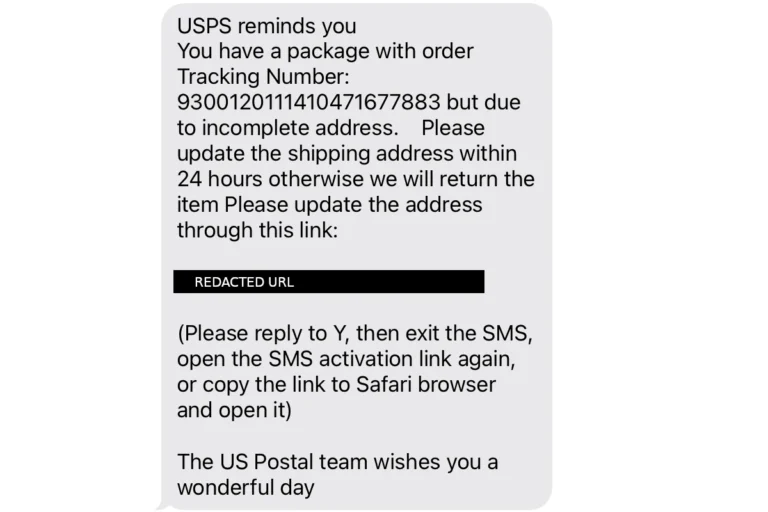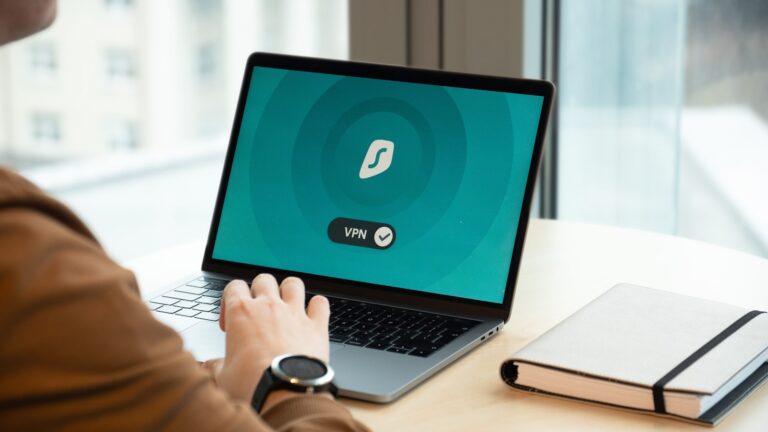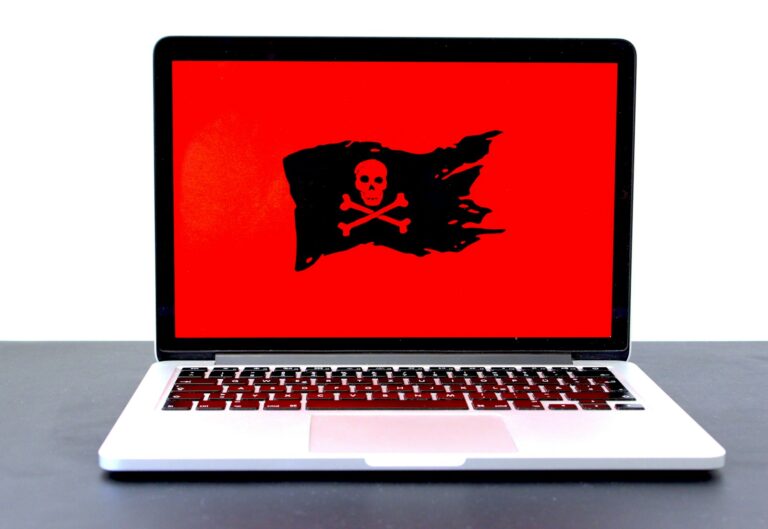
In an increasingly connected world, physical security and cyber awareness are no longer separate concerns. Organizations and individuals must protect not only their digital systems but also the physical environments that support them. A lapse in physical security can easily lead to a cyber breach, just as poor cyber hygiene can expose physical assets to risk.
This article outlines best practices for physical security and cyber awareness, helping reduce threats, improve resilience, and create a culture of security.
Why Physical Security and Cyber Awareness Must Work Together
Cybersecurity often focuses on firewalls, encryption, and software updates, but many successful cyberattacks begin with physical access or human error. Examples include:
- An unlocked server room
- A stolen laptop
- A USB drive plugged into a company computer
- Tailgating into restricted areas
By combining physical security measures with cyber awareness training, organizations can close critical security gaps.
Best Practices for Physical Security
1. Control Physical Access
Limit who can enter sensitive areas.
Best practices include:
- Key cards or biometric access systems
- Visitor sign‑in procedures
- Escorting guests at all times
- Clearly defined restricted areas
Only authorized personnel should have access to servers, networking equipment, and workstations.
2. Secure Devices and Equipment
Physical devices are often the weakest link.
Recommendations:
- Lock laptops and desktops when unattended
- Use cable locks for portable devices
- Secure servers in locked rooms or cabinets
- Store backup drives in secure locations
Lost or stolen hardware can quickly become a data breach.
3. Implement Surveillance and Monitoring
Visibility discourages unauthorized behavior.
- CCTV cameras in key areas
- Alarm systems for sensitive rooms
- Monitoring logs for access systems
Ensure surveillance systems are properly maintained and reviewed.
4. Enforce Clean Desk Policies
A cluttered desk can expose sensitive information.
- Lock documents away when not in use
- Avoid leaving passwords or credentials visible
- Shred sensitive paperwork
Physical documents can be just as damaging as digital data leaks.
Best Practices for Cyber Awareness
5. Train Employees Regularly
Human error is a major cause of security incidents.
Training should cover:
- Phishing and social engineering attacks
- Safe password practices
- Recognizing suspicious behavior
- Proper data handling procedures
Ongoing education helps employees stay alert and informed.
6. Promote Strong Authentication Habits
Even with physical access, systems should be protected.
- Use strong, unique passwords
- Enable multi‑factor authentication (MFA)
- Never share login credentials
This ensures that physical access alone doesn’t lead to full system compromise.
7. Encourage Incident Reporting
Employees should feel comfortable reporting:
- Lost devices
- Suspicious emails
- Unauthorized individuals
- Security policy violations
Early reporting can prevent minor issues from becoming major breaches.
8. Protect Against Social Engineering
Attackers often exploit trust rather than technology.
Common tactics include:
- Impersonating IT staff
- Tailgating into secure buildings
- Requesting credentials over phone or email
Teach employees to verify identities and challenge unusual requests.
Bridging Physical Security and Cyber Awareness
9. Develop Unified Security Policies
Security policies should address both physical and digital risks.
- Clear access rules
- Device handling procedures
- Incident response plans
- Regular audits and updates
Consistency ensures everyone understands their role in security.
10. Conduct Regular Security Assessments
Routine assessments help identify weaknesses.
- Physical walkthroughs of facilities
- Cybersecurity risk assessments
- Simulated phishing tests
- Penetration testing
Testing reveals gaps before attackers exploit them.
Best Practices Summary Table
| Area | Best Practice |
|---|---|
| Physical Access | Restrict and monitor entry points |
| Devices | Lock and secure all equipment |
| Surveillance | Use cameras and access logs |
| Desk Security | Enforce clean desk policies |
| Training | Provide regular cyber awareness education |
| Authentication | Use strong passwords and MFA |
| Reporting | Encourage quick incident reporting |
| Social Engineering | Train staff to verify identities |
| Policy | Maintain unified security policies |
| Assessment | Perform regular security reviews |
Building a Culture of Security Awareness
Technology alone cannot prevent breaches. A strong security posture depends on people, processes, and awareness. When employees understand how physical actions affect cyber risks—and vice versa—organizations become far more resilient.
Security is not a one‑time task; it’s an ongoing commitment.
Final Thoughts
Following best practices for physical security and cyber awareness helps protect sensitive information, reduce human error, and strengthen overall defense against modern threats. By integrating physical controls with cyber education, organizations can significantly reduce their attack surface and improve long‑term security.






